How to Paint Brick Siding
Use these techniques to properly prep, prime, and paint brick.
Sponsored by Benjamin Moore
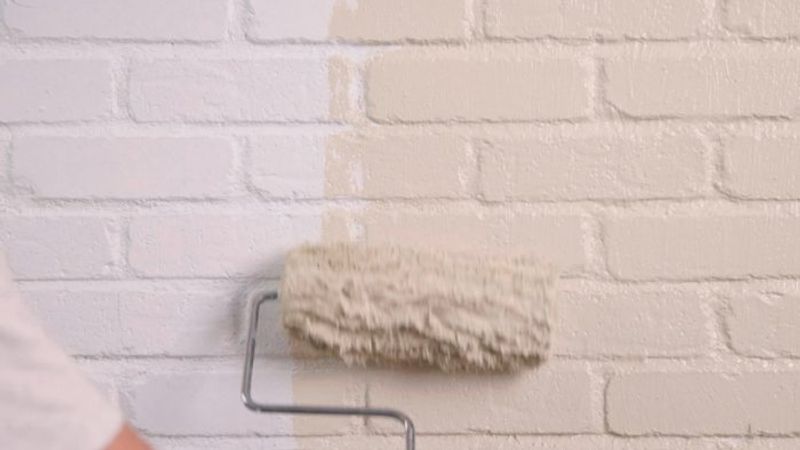
Once brickwork is cured and ready for paint, wash the surface with muriatic acid to help open the pores on the brick. Then prime the shingles with Benjamin Moore Fresh Start Primer using a roller instead of a brush.
Use the roller to saturate the surface with paint and back-roll to take off excess material, being mindful to fill any pin holes that may appear. After the recommended dry time, roll two coats of Regal Select Exterior High Build in a low-luster finish for a smooth sheen that will protect against harsh weather conditions.
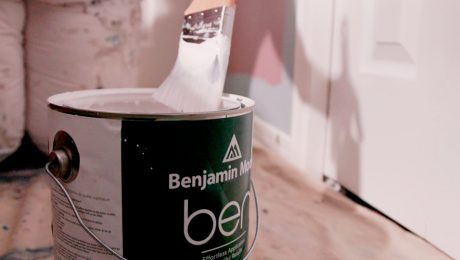

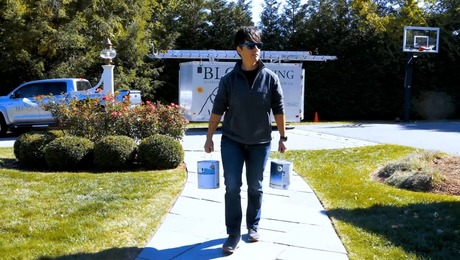
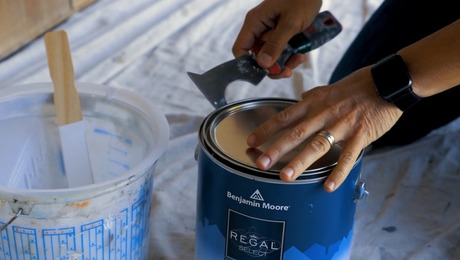
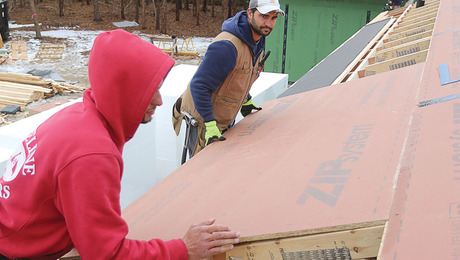



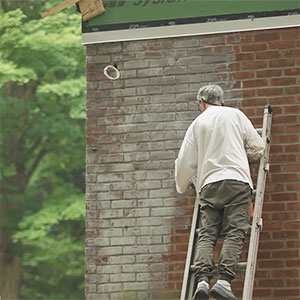
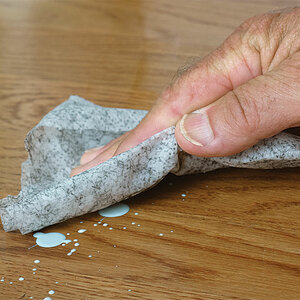







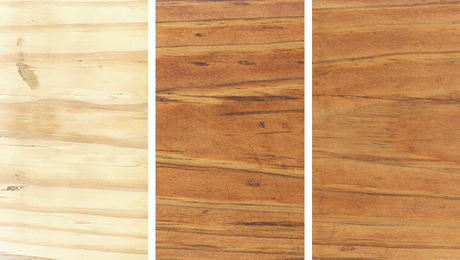
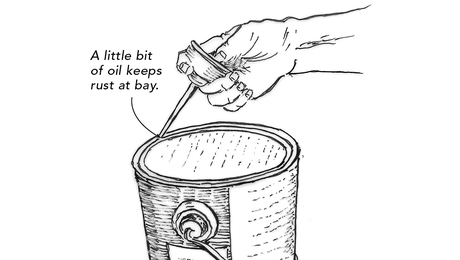

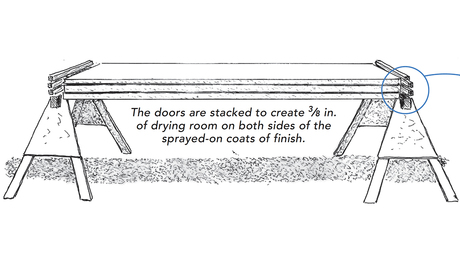






View Comments
I worked as a home building inspector for 20 years in Montreal. We have a lot of old brickfaced buildings here, and some people try to improve the brick appearance by painting the brick. The results are often a mixed bag. One problem for brick is there is usually a space between the back face of the brick and the backing wood structure. This is to allow any moisture that enters into the brickwork to drain. The moisture can create a vapour backpressure that passes into the brick and push the paint off the brick. So I saw a lot of peeling paint where brickwork had been painted. A breathable paint should be used.
Agreed. I have seen a lot of older homes in my area (northern Ontario) with the same results. Peeling paint, brick face crumbling because it cannot dry and the freezing temperatures crumble the brick saturated with moisture. I have seen it mostly with clay brick and not with the later cement cast. Can't comment on the difference.
One thing I have noticed is that sometimes the drainage channels have been filled in which exacerbates the problem.